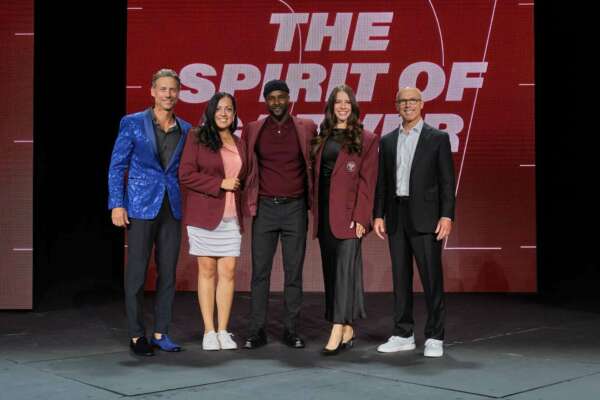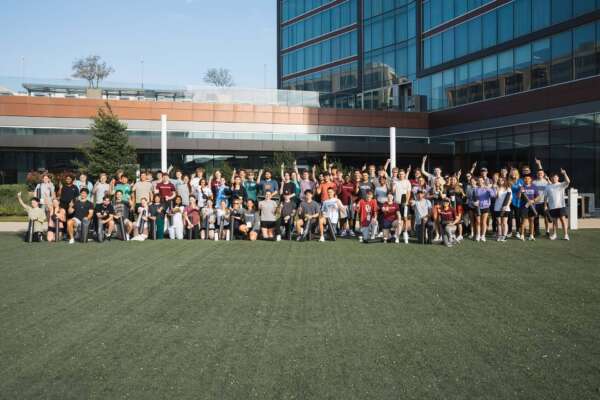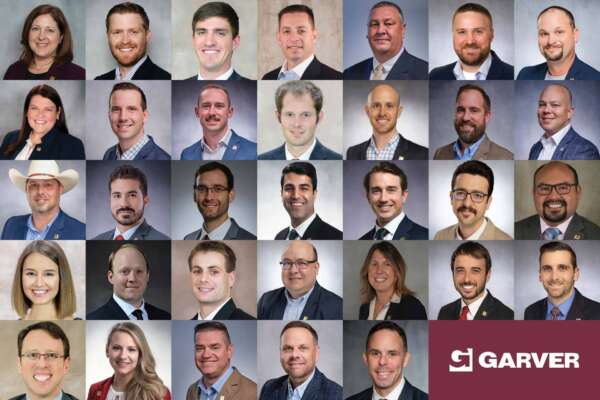Garver STEM kits aid schools abroad
Garver spent the entirety of 2019 celebrating its centennial year by passing along STEM lessons to students across its footprint. But even with the yearlong celebration complete, Garver’s impact is still reaching those interested in exploring engineering as a potential career choice.
Garver Architectural Team Leader John Ramsey teamed with members of his local church to donate Garver STEM kits to schools in Haiti and Kenya, providing dozens of additional students with opportunities to learn introductory lessons in STEM concepts like critical thinking, perseverance, and teamwork.

“As a GarverGives committee member, I saw how much students in Central Arkansas loved these kits when we donated them last spring,” Ramsey said. “So I was always thinking of who else could get their hands on them to start creating. It was very rewarding seeing the students’ reactions and knowing that we’ve helped very underprivileged students start thinking critically about engineering.”
Like the STEM kits donated to 100 schools in 2019, the kits were loaded with KEVA planks, Brackitz organizers, a DC motor, balls, ramps, and a slew of everyday items to create 3-D structures limited only by the students’ imaginations. Students at College de la Grace de Pignon in Haiti, spent several days creating machines and then voted on one winner.
“I asked our teachers who were active in the project what they liked and observed, and they said it was fun to challenge the kids to work with their hands and to be creative,” said Debra Lucien, volunteer of missionary at Hosean International Missionaries. “Due to lack of resources, we rarely get the chance to expose the kids to such hands-on activities, and it was fun to see what they were able to come up with.”
In addition to Hosean, Garver STEM kits will find their way to schools in Nairobi and Loitoktok, Kenya thanks to a partnership with Blue Door Sponsorship.
Last year, the Garver Chain Reaction Challenge connected the century-old company with students from across its footprint who designed Rube Goldberg-style chain reaction machines that accomplished a simple task in a complicated way. Engineers from Garver worked with students to create their contraptions, and then judged the submissions before naming the overall winners.
In all, more than 260 Garver employees participated in the effort, and about 14,000 students were impacted by the year-long event.
To learn more about Garver’s charitable giving, visit our GarverGives page.








Share this article